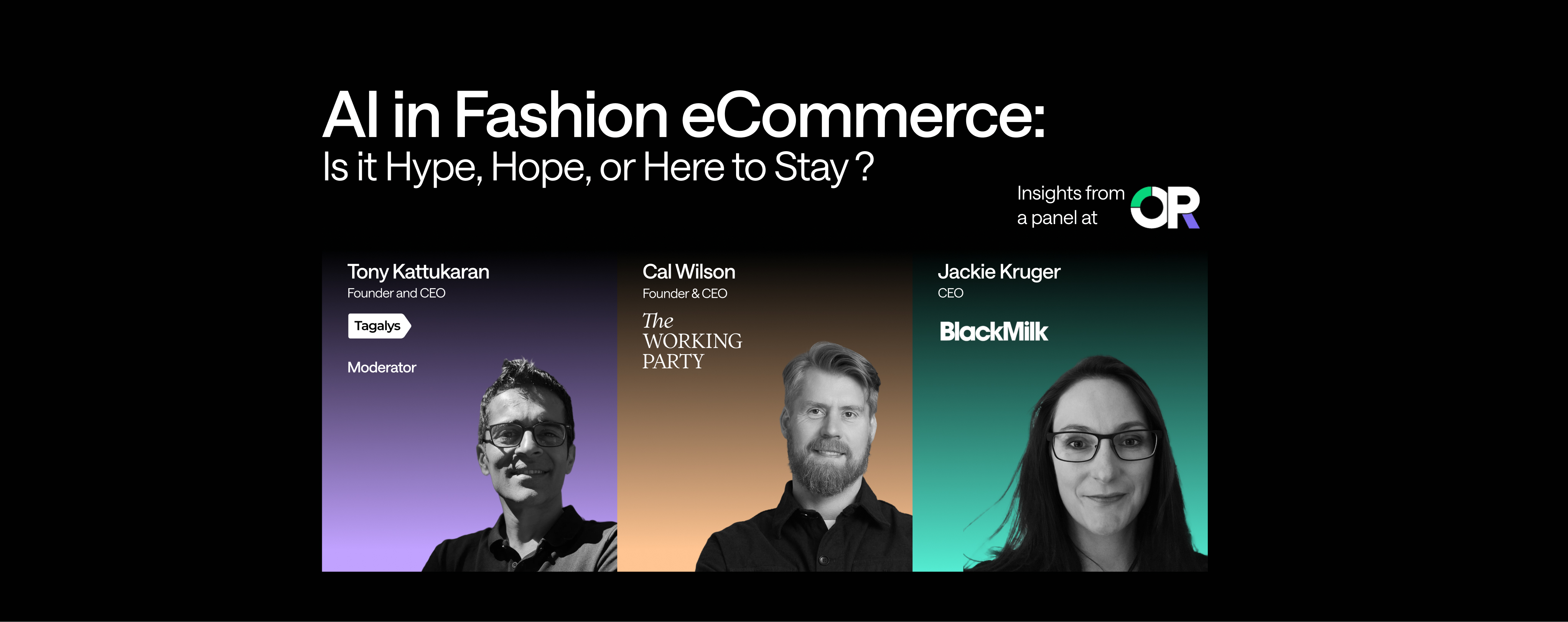Tagalys provides eCommerce personalization services and our APIs (using plugins) can be applied to personalize product discovery across channels like site search, product recommendations, and listing pages. Our founders did not wake up one morning and decide to build personalization as a service, it was built by accident.
In their previous avatar, Antony and Palani had conceptualized and built a social commerce platform as they saw a growing consumer need driven by the growth of eCommerce. The supply side of the platform consisted of a complex web of spiders crawling eCommerce sites for products and all public information about them. At its peak, the platform covered over 3000 unique brands and over 8 million unique SKUs. The demand side consisted of consumers who were interested in online fashion and home décor shopping.

Like most platforms, Monthly active users (MAU) was the primary metric of focus as that tied directly to their current and future revenue model. But how do you keep consumers engaged to ensure churn is minimal? How do you build an engaged community that will refer others to this platform?
Early metrics showed users spent over 9 minutes/session and the team was elated, but we also noticed the percentage of return visitors was not as expected. Post feedback with many users, we realized high session time is also an indicator that users being unable to find what they seek. Solving this problem was the advent of Tagalys. The founders first started by building their own analytics engine that collected visitor engagement data and also extracted metadata from products to start extracting insights on why visitors might engage with certain products. The metadata also allowed to create a data model or trend analysis to better understand the shopping persona of users. The first step was to start making sense of the data and apply the insights across search and listing pages, so products were sorted by what was most engaging site-wide and not simply sorted by new arrivals etc., This logic helped increase engagement but still did not appeal to all users, as what may be most engaging for user X might have no relation to user Y. The team then went onto analyze data at a user level and found out the high variances users have in preferences for the same category or subcategory of products. Thus the next steps were to build a personalized view for each user for any page they engaged - Search results, Category pages, Recommendations. The end result was to showcase a unique set of products that match a user’s shopping persona and based on interaction with the assumed persona, to learn and continue improving the shopping persona to improve engagement.

While founders were successful in delivering personalization at scale, as a business, it failed. Failed due to the unavailability of funds or maybe they were too early, but the learnings of this journey helped build the foundation of Personalization as a Service for eCommerce. When many of the users shared feedback on how such an experience was unavailable at a regular eCommerce store, it got them thinking and made them pivot as they recognized the same need for eCommerce to help increase engagement, reduce their CAC and improve revenues.
Do share your feedback with us here or email us at cs@tagalys.com














.svg)
.svg)
.svg)
.svg)
.svg)
.svg)



.png)

.png)
